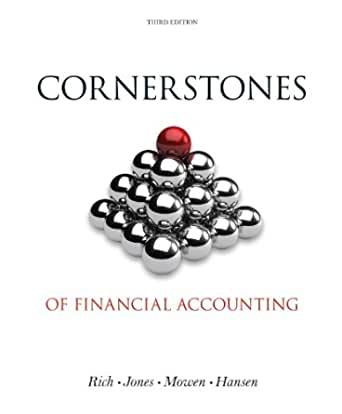Question
1.A retailer sells three products - A, B, and C - details of which are shown in the table below. Assume a carrying rate of
1.A retailer sells three products - A, B, and C - details of which are shown in the table below. Assume a carrying rate of 30% per year.
a.What would be the economic lot size if the retailer does not want to invest more than P10,000 in these three products at one time?
b.What would be the lot size if you assume the ratio of the unit cost of the product to its carrying cost is constant?
Parameters
Product A
Product B
Product C
Annual demand
12,000
15,000
35,000
Ordering cost
P30
P35
P50
Unit cost
P50
P30
P10
2.The table below shows the inventory parameters of three products that are sold by a retail firm. What would be the economic lot size if the firm has a storage constraint of 18,000 cubic feet?
Parameters
Product A
Product B
Product C
Annual demand
12,000
15,000
35,000
Ordering cost
P30
P35
P50
Unit cost
P50
P30
P10
Space required
10
20
30
3.The table below shows the inventory parameters of three products that are sold by a retail firm. The senior management of the firm is concerned about high ordering costs, and in order to contain it has imposed a restriction on the number of orders to 12 per year. Compute the optimal and feasible order quantities if the ordering cost is P50 per order.
Parameters
Product A
Product B
Product C
Annual demand
450
325
750
Unit cost
P32
P12
P18
Carrying rate
0.25
0.25
0.25
Step by Step Solution
There are 3 Steps involved in it
Step: 1

Get Instant Access to Expert-Tailored Solutions
See step-by-step solutions with expert insights and AI powered tools for academic success
Step: 2

Step: 3

Ace Your Homework with AI
Get the answers you need in no time with our AI-driven, step-by-step assistance
Get Started


